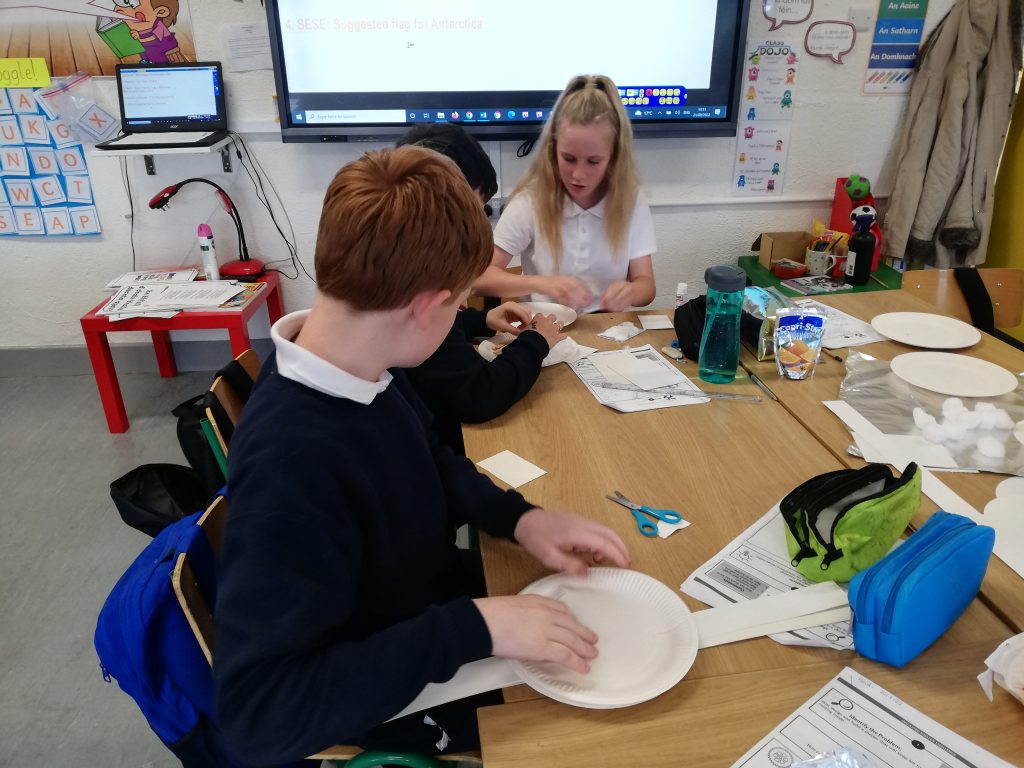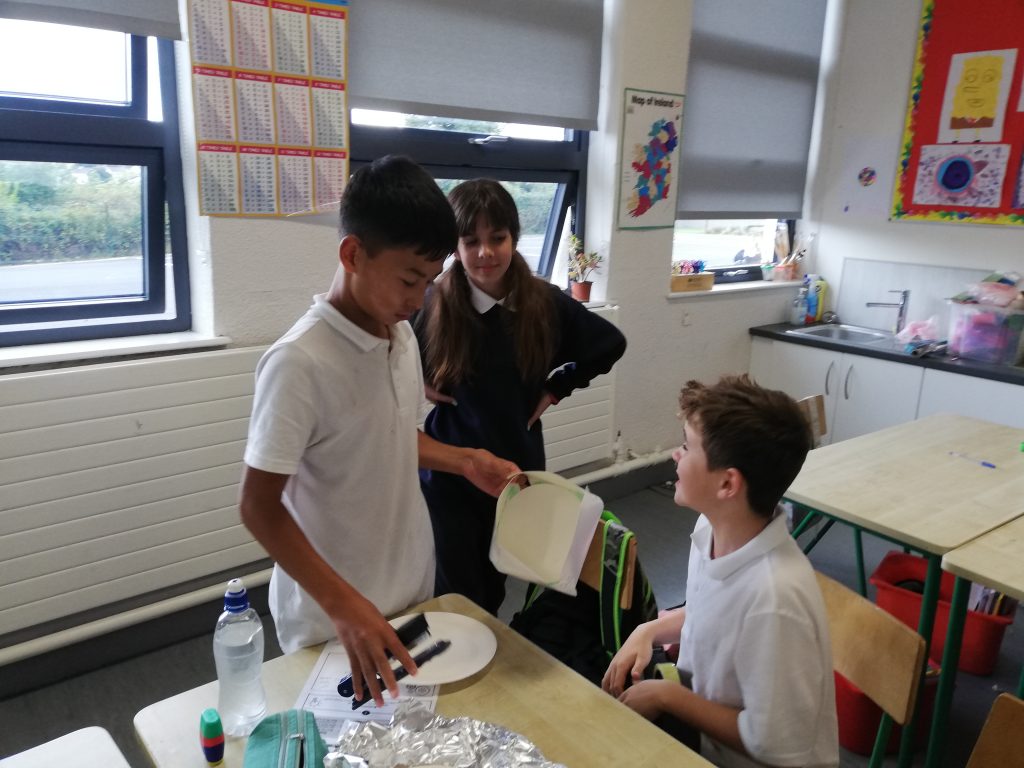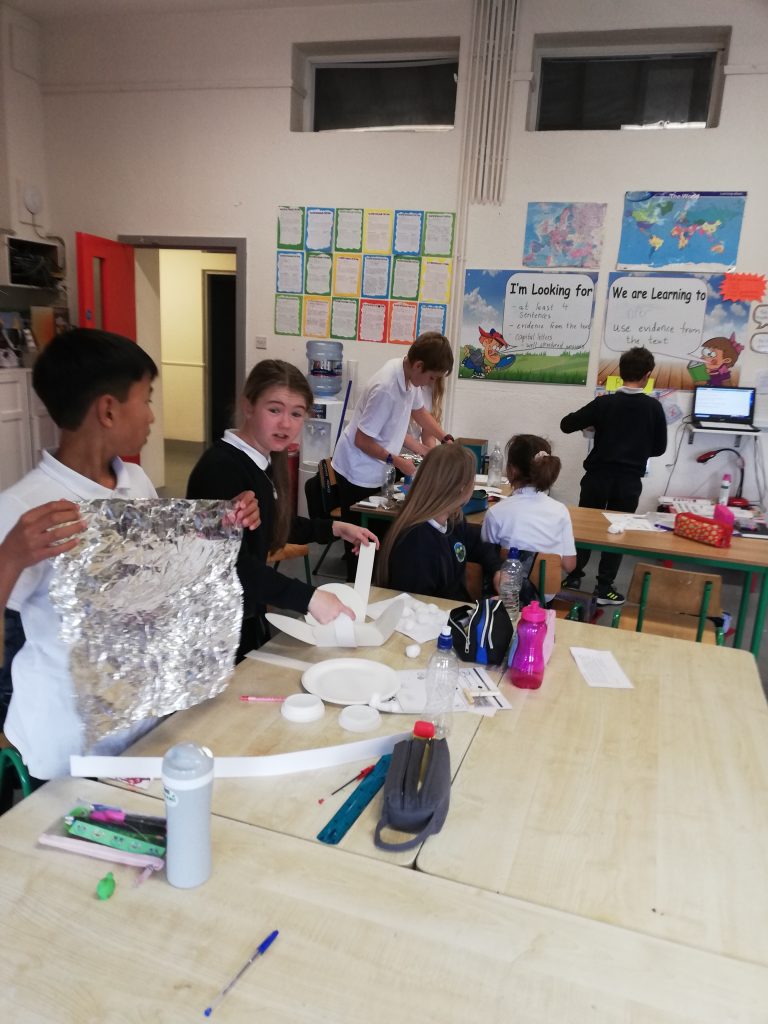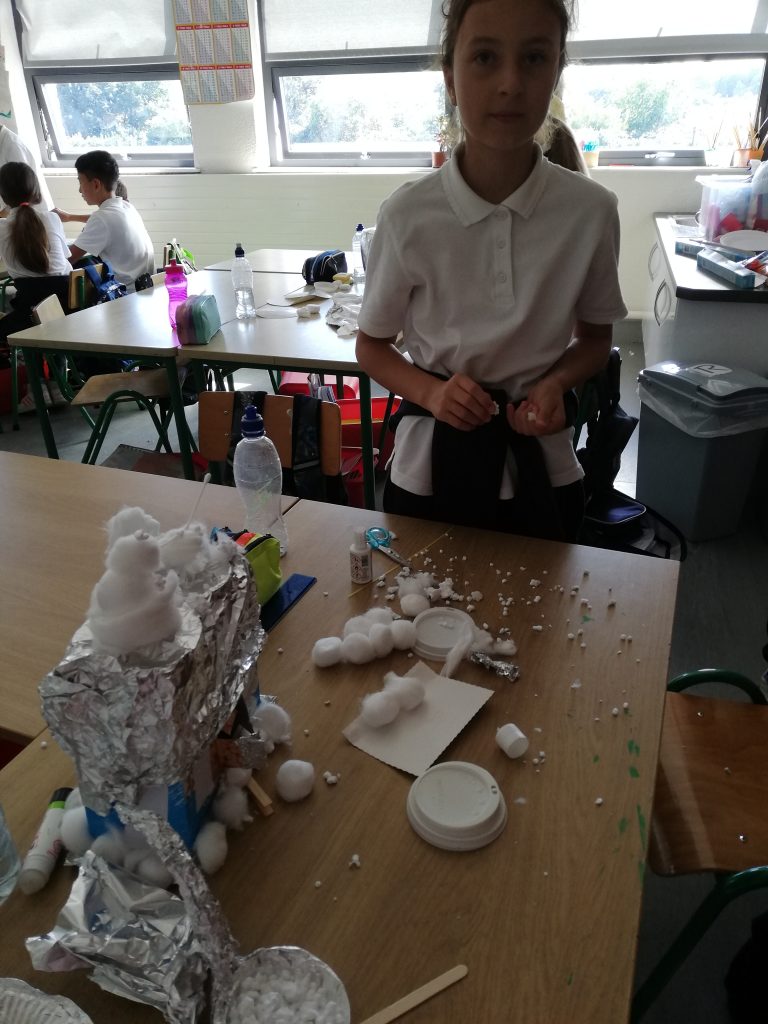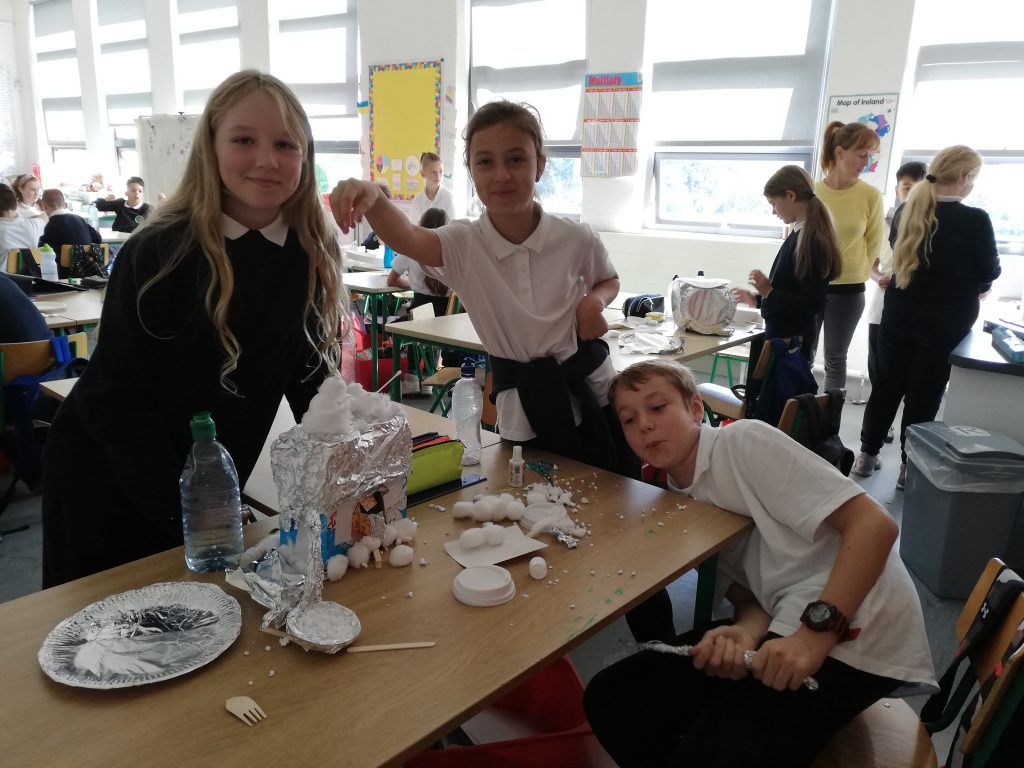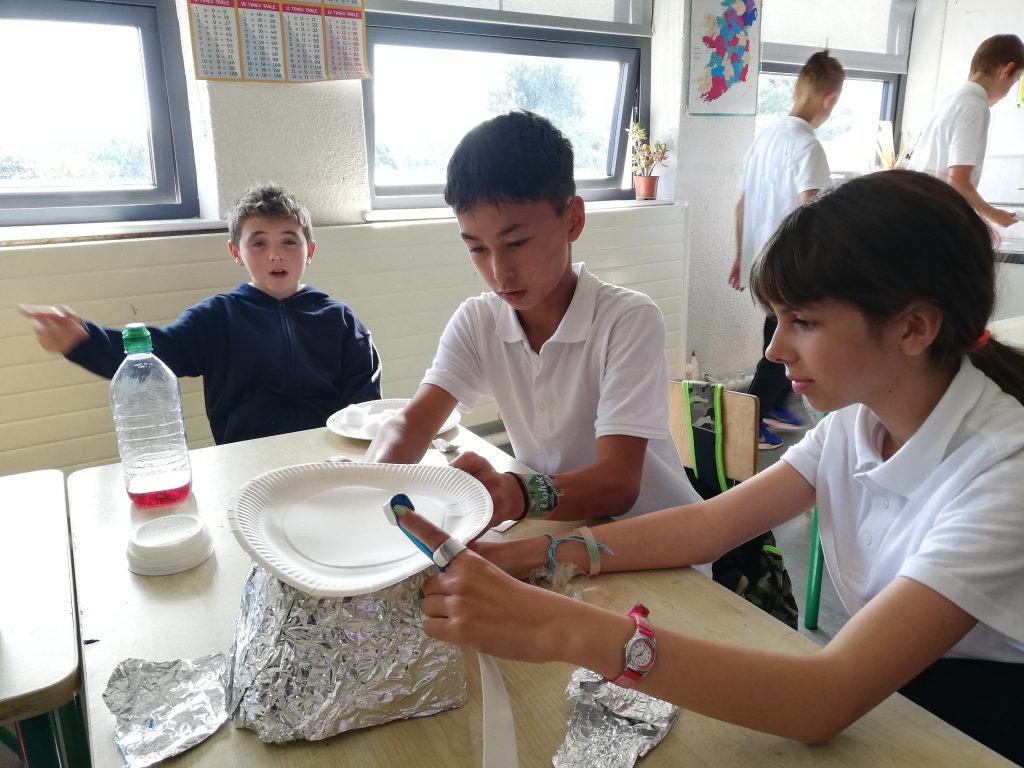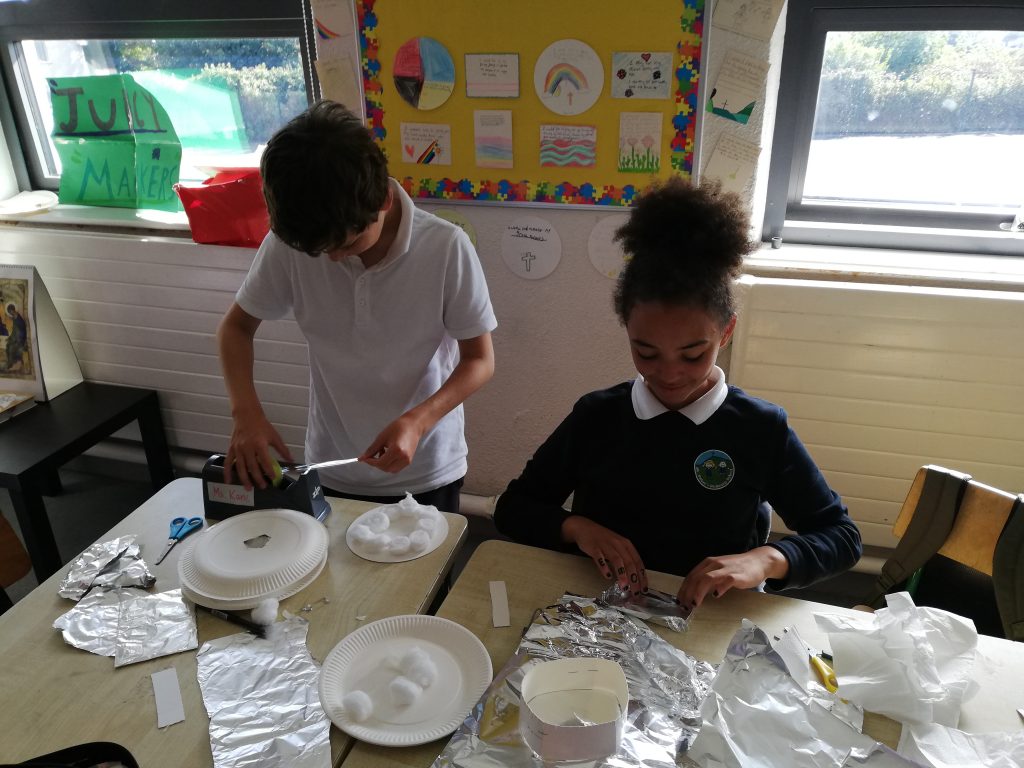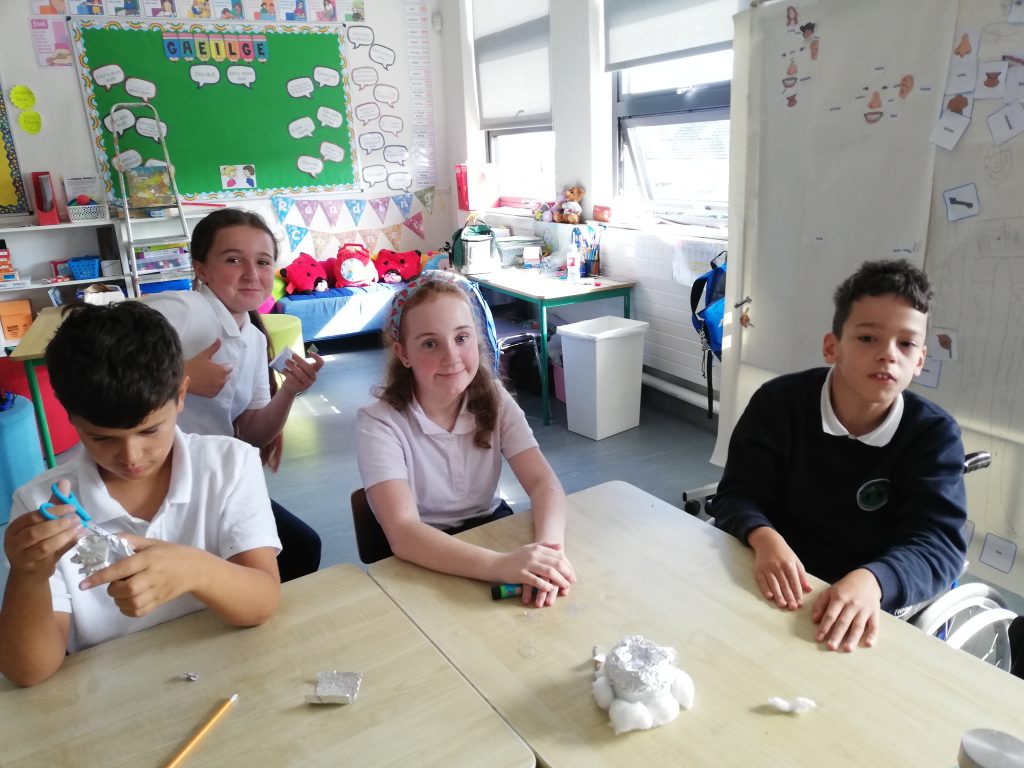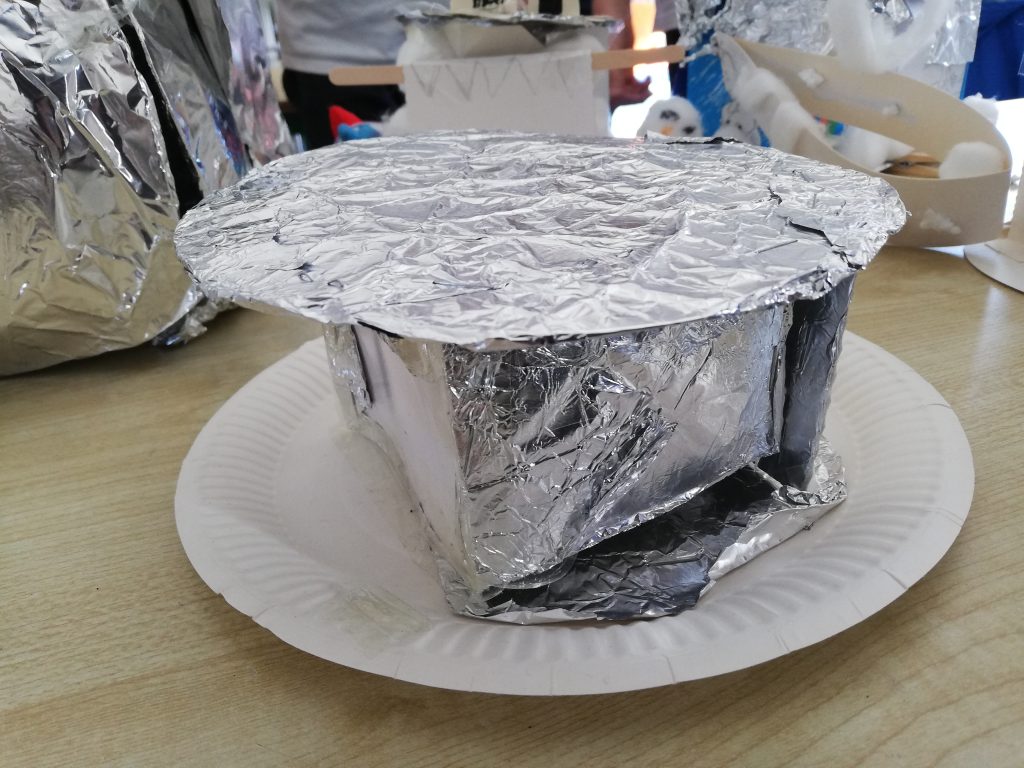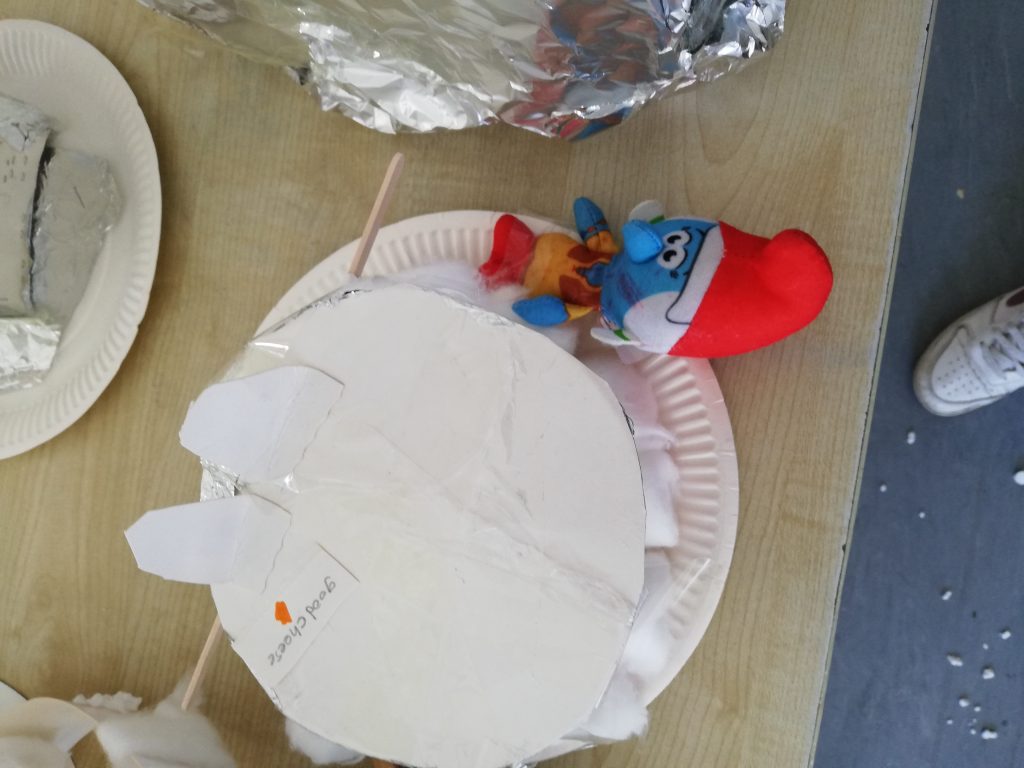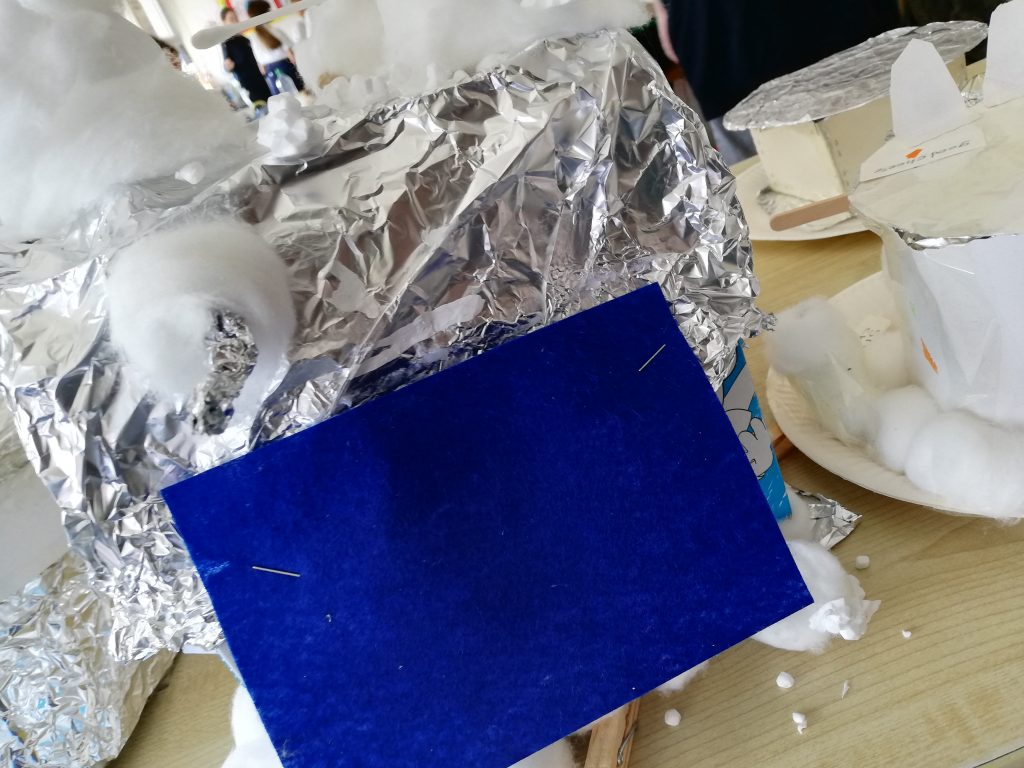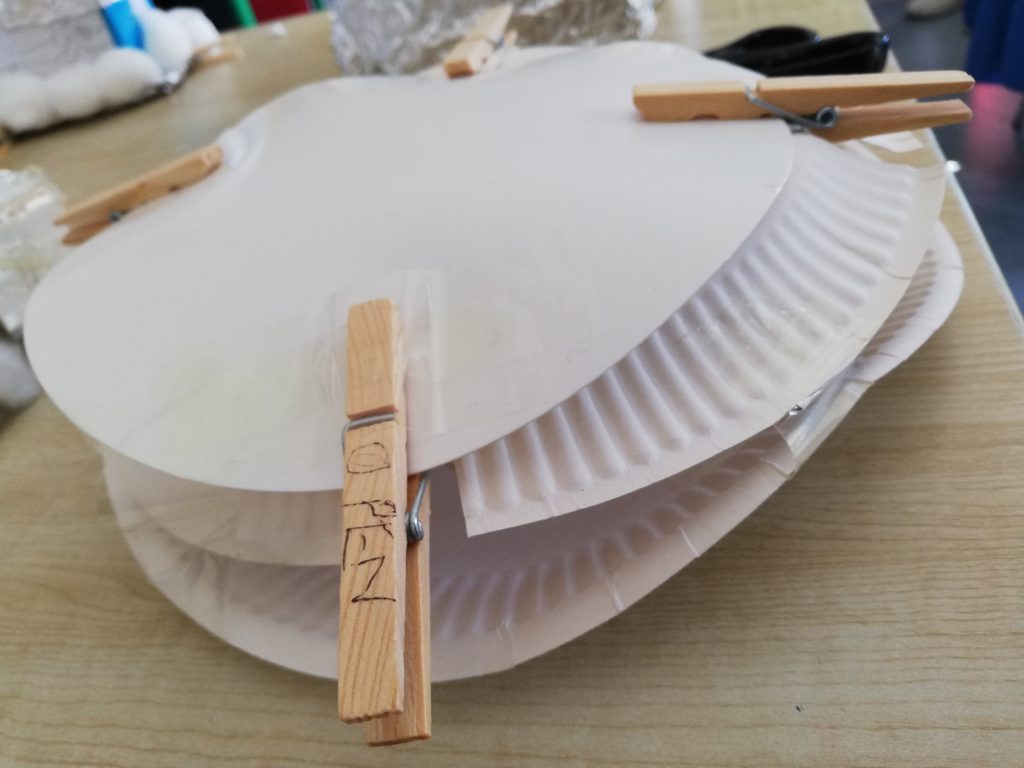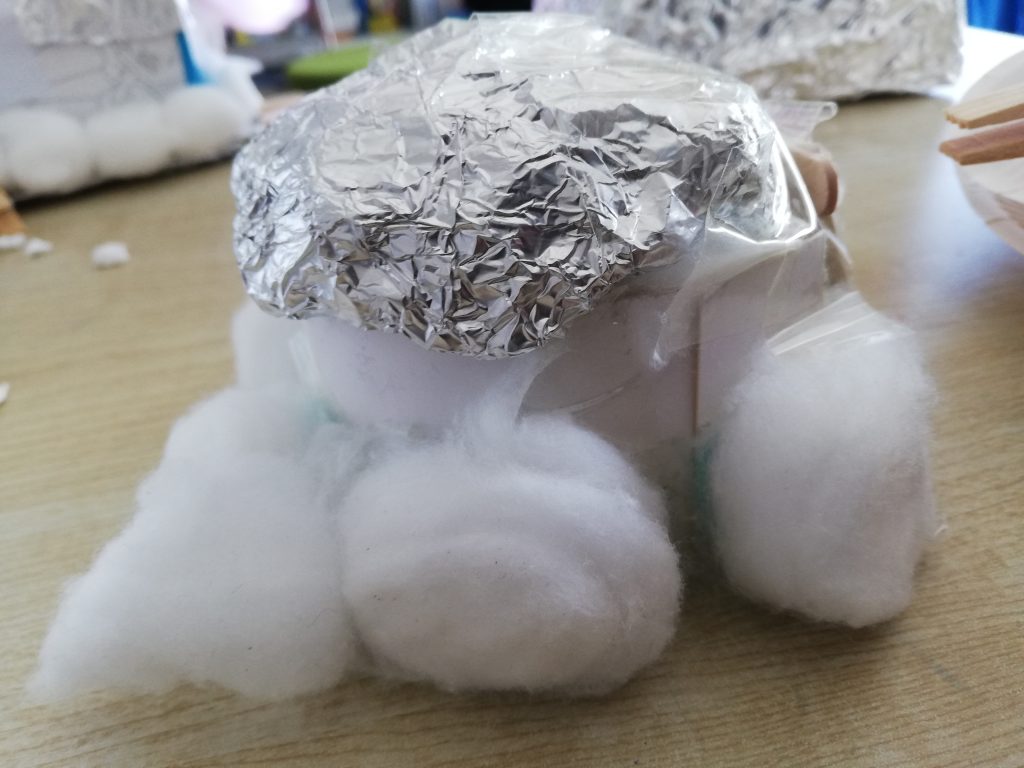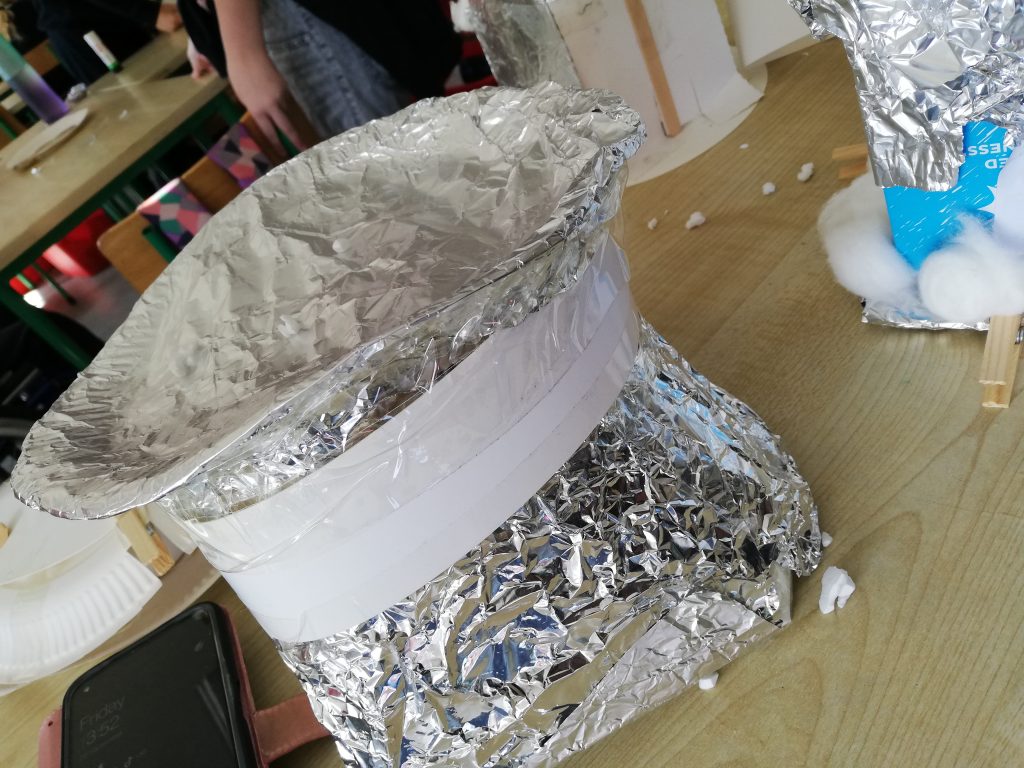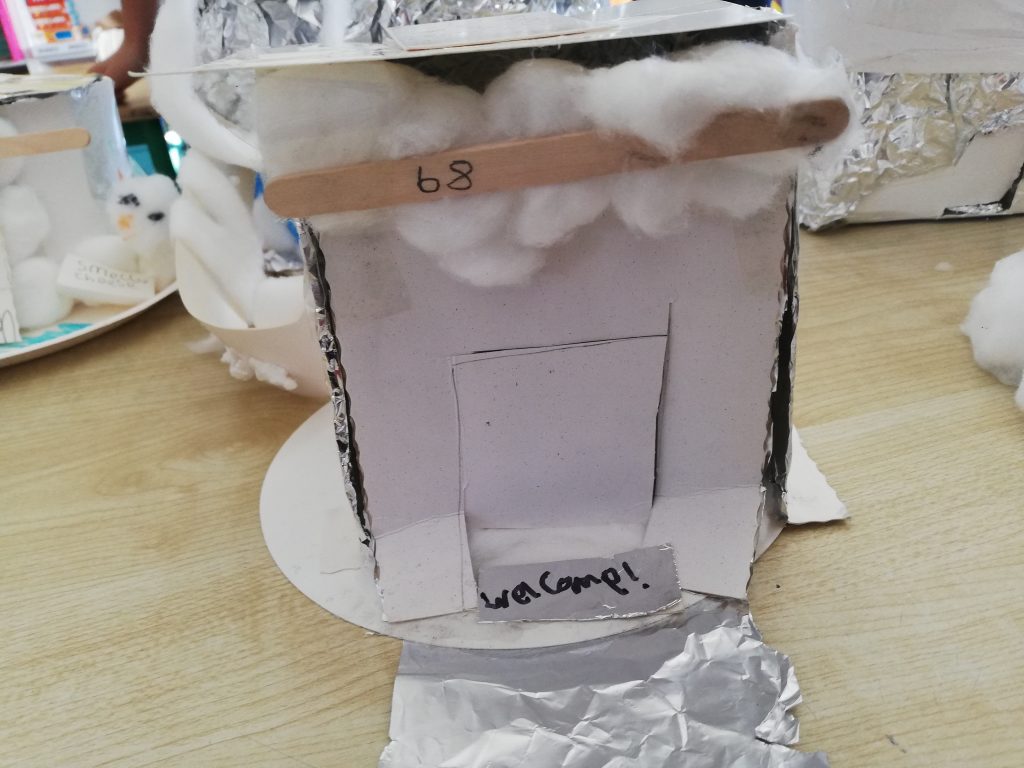We have had a busy start to the year in 6th and have been reading a new novel, ‘Tom Crean’. We are thoroughly enjoying the story about the brave and heroic Antarctic explorer, who hails from Annascaul in Co. Kerry.
We recommend that everyone reads this book as it is truly inspiring and at times, unbelievable!
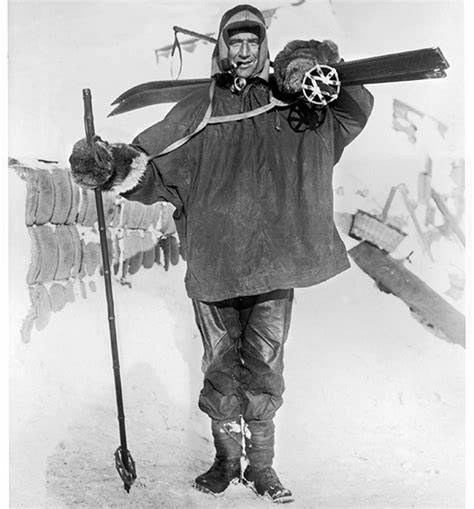
Learning about Antarctica has been extremely interesting and we have had many questions about the Earth’s least – populated and coldest continent. Using our atlases we have researched the places that Tom Crean visited on his multiple expeditions and have identified the remote areas that these pioneering explorers discovered.
Inspired by these events we decided to take part in a STEM activity. We began to imagine and wonder, how the explorers survived in these freezing and harsh conditions. We discussed the importance of the materials they used to stay warm and how important effective insulation is. Students were challenged to create a prototype shelter that provides protection from extreme temperatures.
Insulation is a barrier that reduces the transfer of heat energy from one material to another by reducing the conduction, convection and radiation effects. It is extremely important in severe weather conditions – both hot and cold. Since heat will always move to a colder source, in cold climates, insulation slows the heat from leaving the house/ or someone and in hot climates insulation slows down the hot outside air from entering the cool inside. Essentially insulation should maintain a constant temperature; neither too hot or too cold.
We used our engineering skills to design and build an insulated shelter to slow down the melting of ice. We used cardboard, tinfoil, scissors, paper plates, cotton balls and tape to create our shelters. The design process is very important and we sketched our own original designs before coming together to decide on group’s choice of prototype.
We all received the same materials and time to complete the challenge. We had the following criteria to meet:
- The design must fit on a paper plate.
- The design must include a door that can open and close.
- The design must ensure that the ice does not touch the shelter when being placed in for testing.
We discussed what factors can keep something warm or cold and spoke about coffee cups, flasks and coolers.
Teamwork was very important when completing this design and make challenge:
It was very interesting to see the different design concepts that were used. It was also great to see our creativity skills being put to good use and no two designs were the same!
After building, it was time to test!
Each team received a cube of ice and they were placed inside small holders so that they could be easily placed inside our newly designed shelters. Once the ice was placed inside, the 15 minute timer began!
After the 15 minutes were up, we recorded our findings and used small measuring cylinders to calculate how much water was contained in each holder and as a result, which shelter had been best insulated!
Our results varied considerably, which was interesting! The ‘best insulated’ shelter had only 0.5ml of water in the container after 15 minutes. Some shelters had collected 3ml of water.
We discussed the findings and observed that the bigger shelters seemed to offer better insulation in this case. We can’t be certain that this is the case but we felt that they had no gaps in materials too and combined with their size, perhaps this contributed to their success. We look forward to testing again to see if our results remain constant.
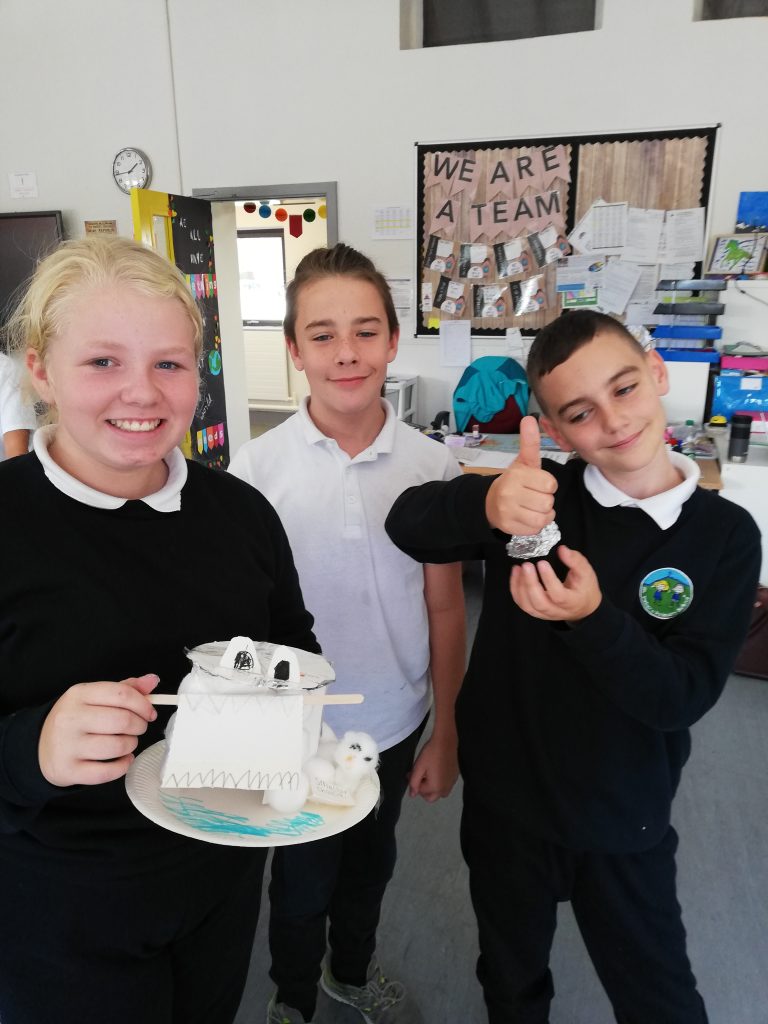
Teamwork! 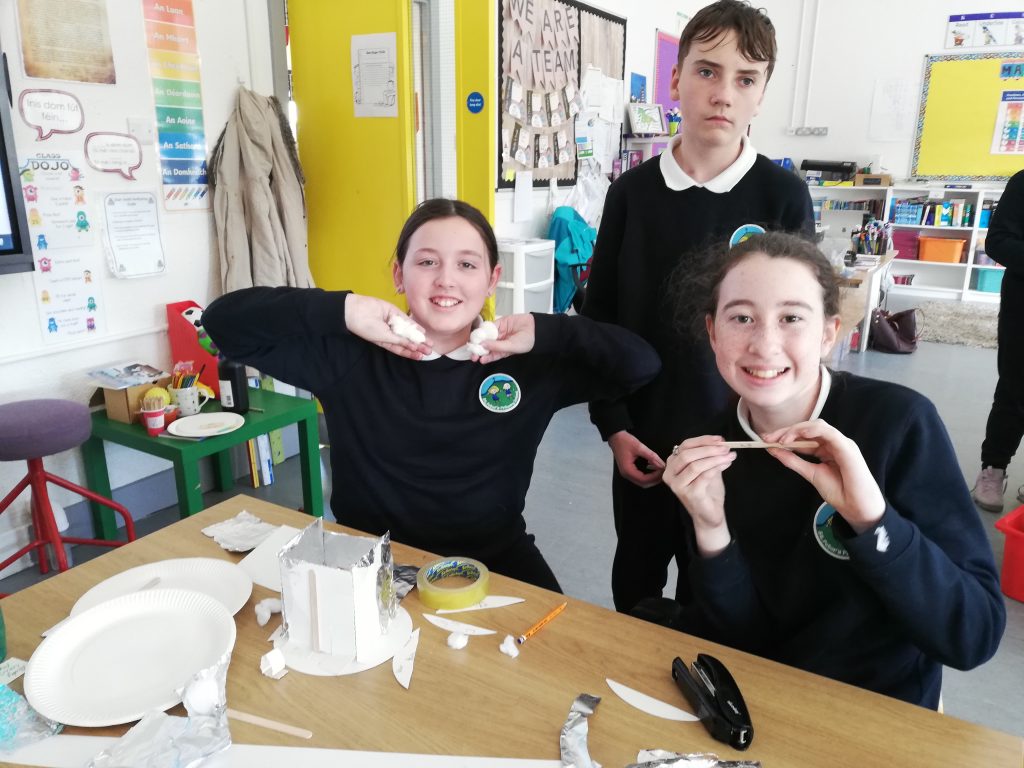
Insulating materials 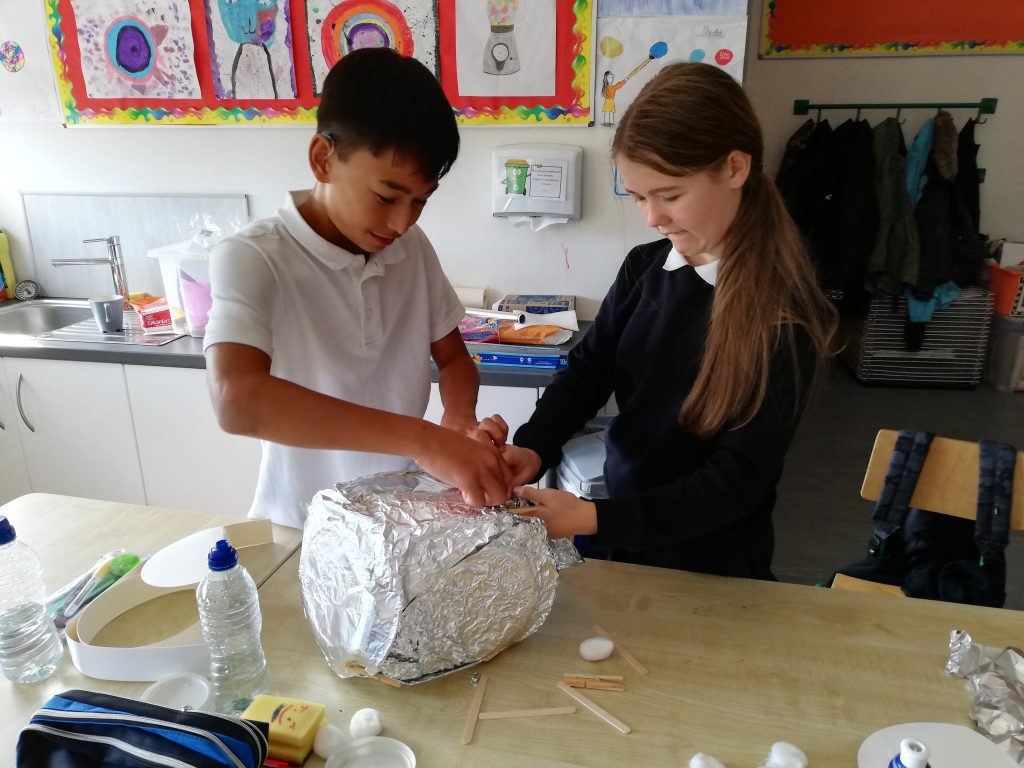
Insulating shelters!

